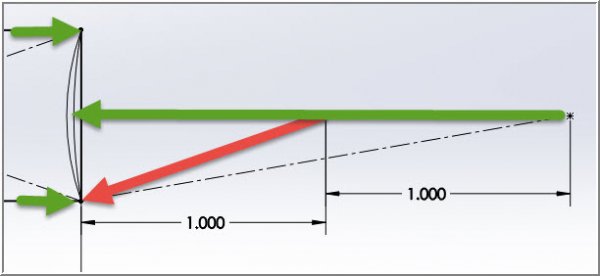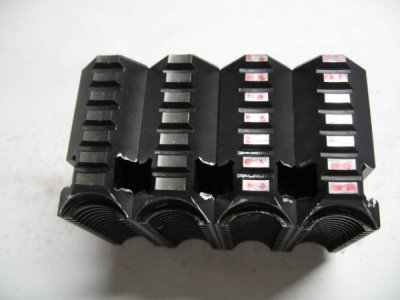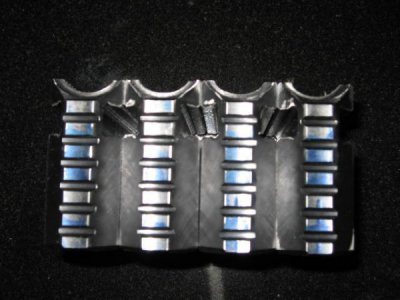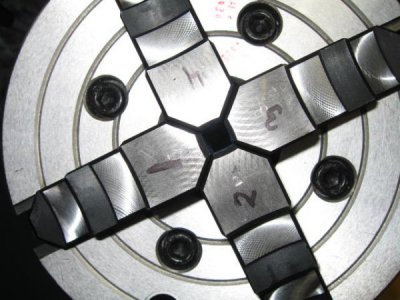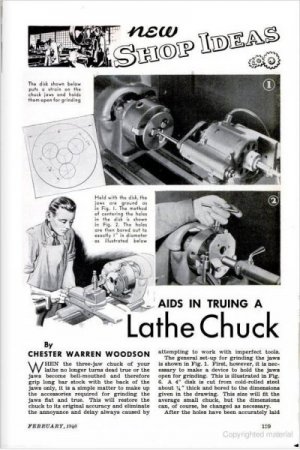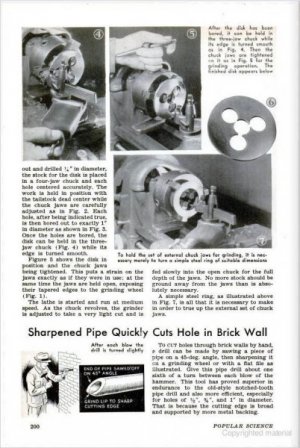I've often wondered on jaw truing jobs like this - what is the guideline for jaw setting distance before grinding? See sketch. If the jaws were set at say 1" radius (red arrow) & ground, then gripping any stock larger than this equivalent diameter (green arrow) infers the jaw would be contacting the stock at its outer edges & open gap in the middle, no?. OTOH, gripping stock at reduced diameter means it contacts stock at a tangent point in the middle. I wonder how the manufacturer set up the jaws initially? At the half-way range maybe?
